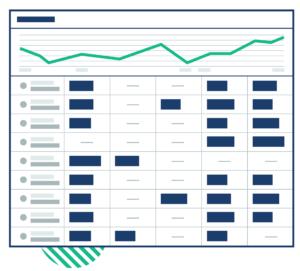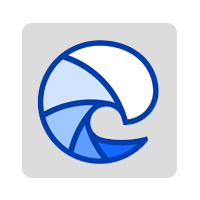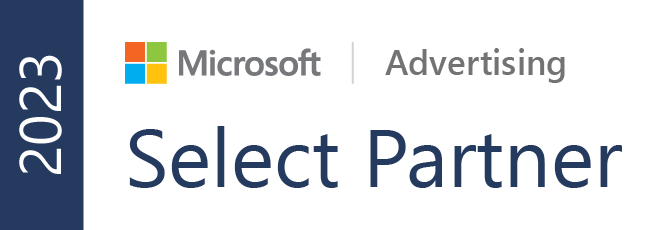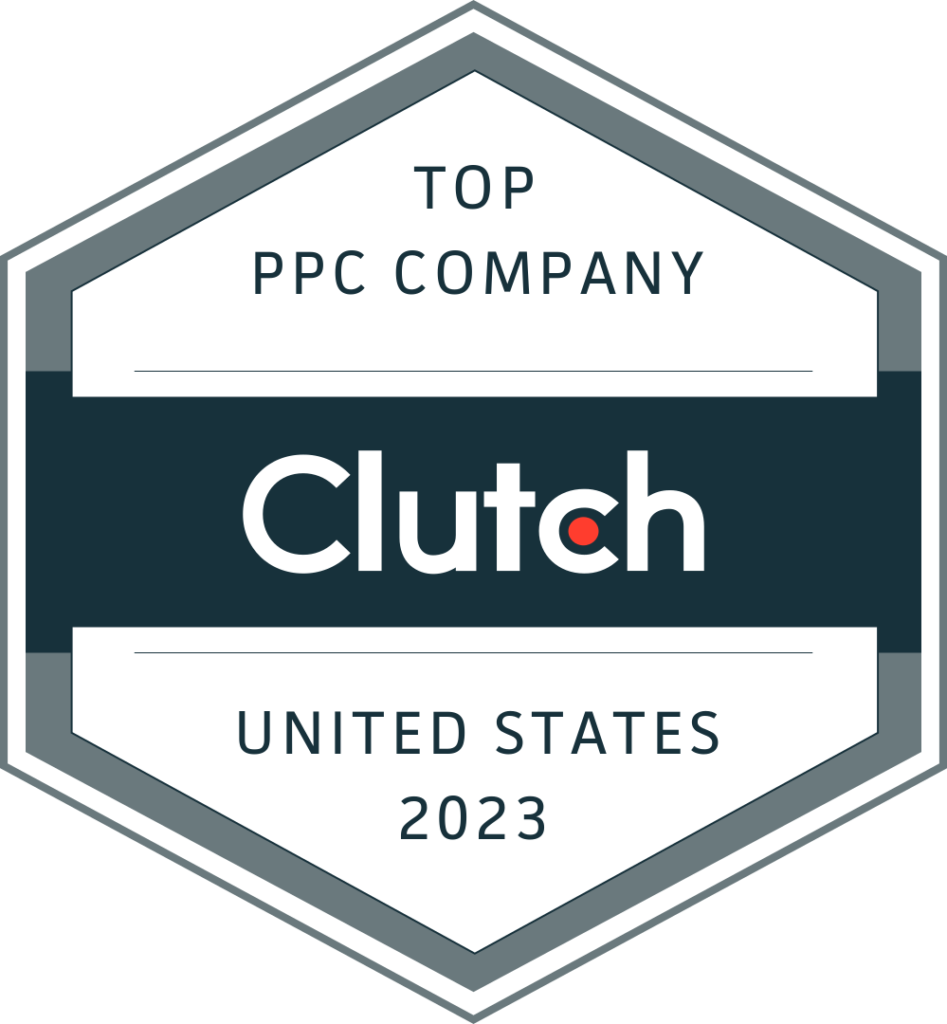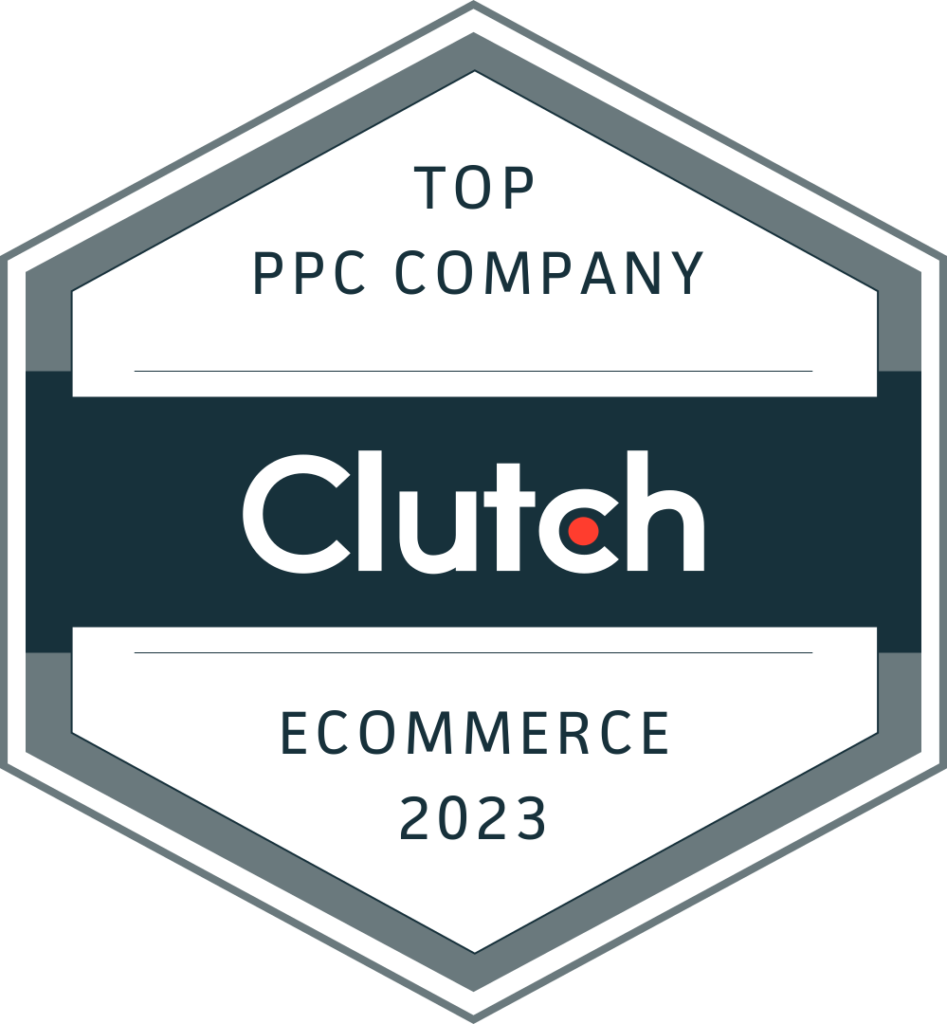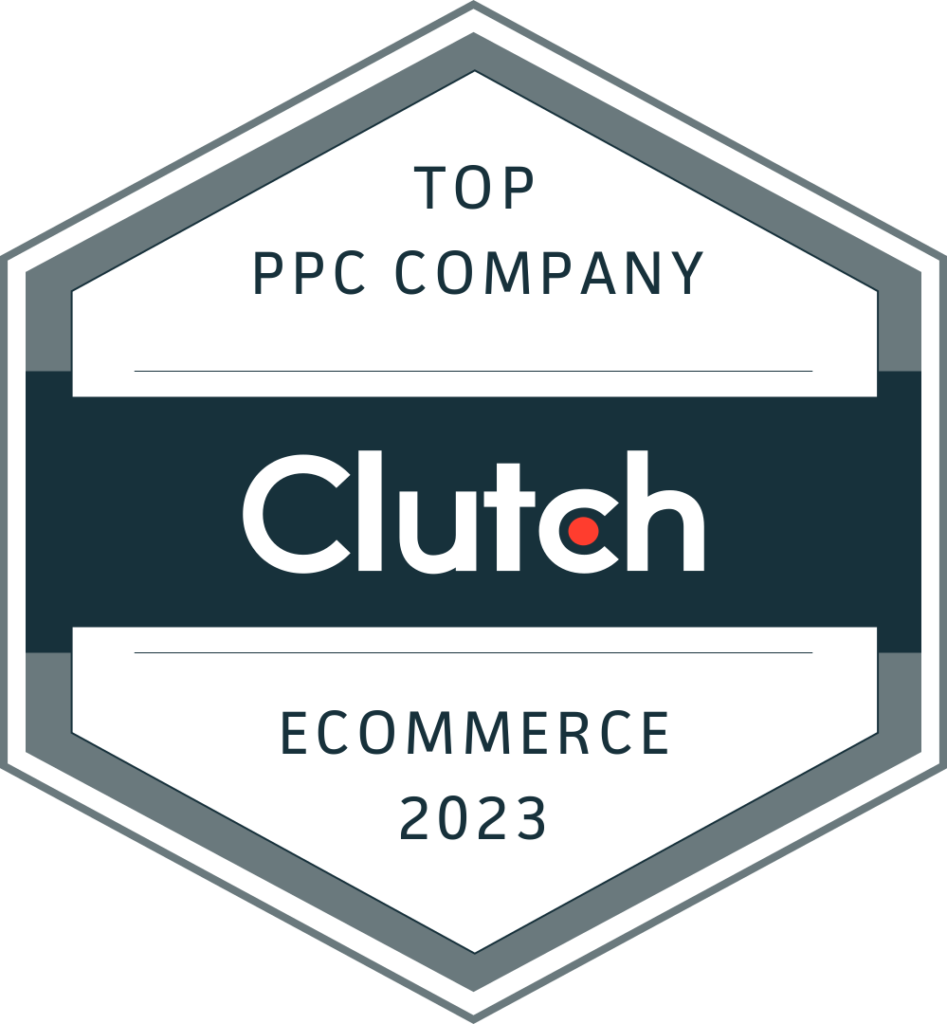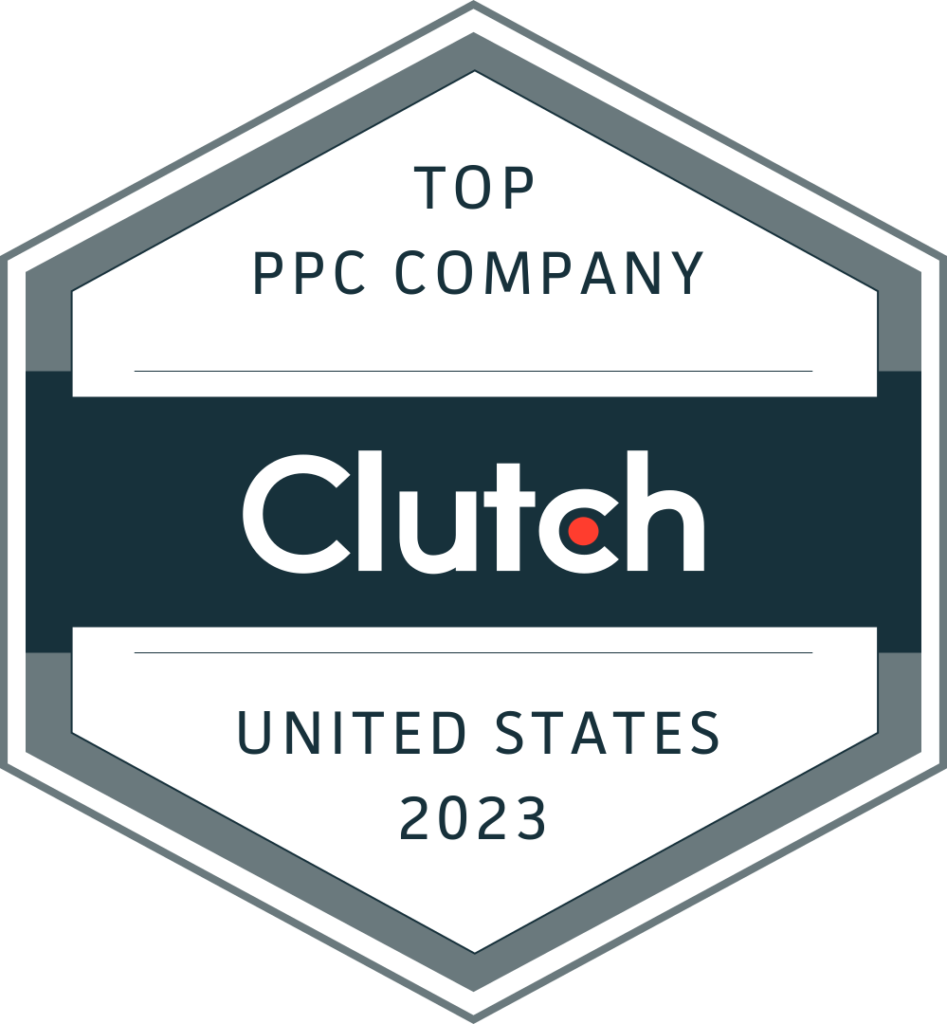
Episode 12
How to do paid media competitor research like an expert
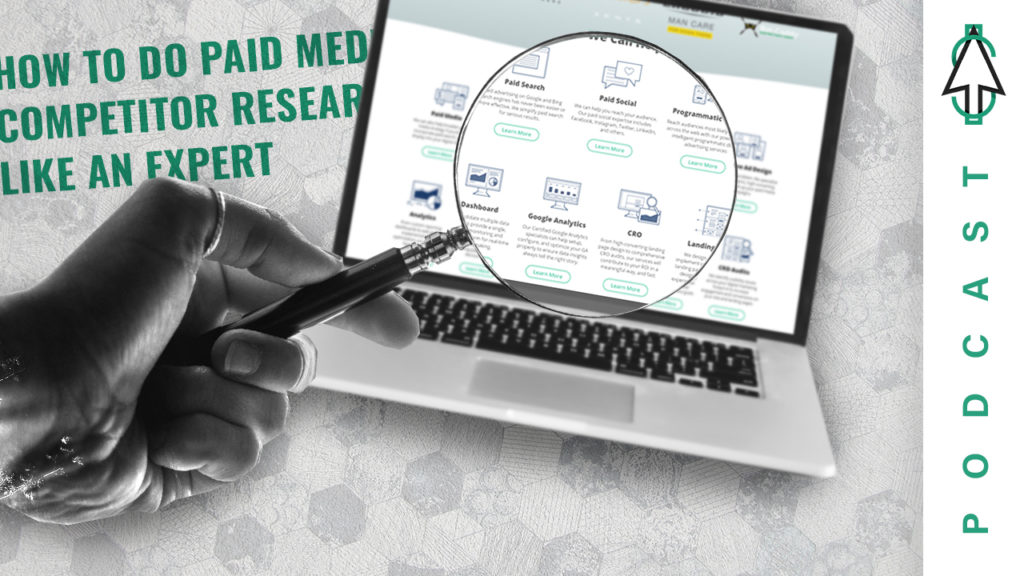
Watch
Alright. Welcome back to Paying for attention. Today we will be talking about how to do paid media competitor research like an expert. Today we’ve got with us, Kegan Brown and Andrew Hollington. Let’s go ahead and let’s get started.
On. Thanks. And so today we’re going to be talking about doing competitor research for paid media like an expert. So really the first thing like everything else in this world, I would say the first kind of tip would be just Google. It Google your keywords, Google brand, Google, who your competitors are and see what they’re doing. That’s the first way to get started and see who your competitors are, what they’re promoting on their ads, how they’re talking, what their CTAs are, anything like that in their ads.
I think that’s really the first step and really gives you a great introduction into your competitors and competitor research. And from there to start taking notes, Andrew.
Yeah. So pro tip first and foremost on that is use an incognito window. If you’re using Chrome, we get this all the time from clients that say I Googled my keyword and I’m not showing up. What’s going on? Well, first of all, are you in your target market? Because if your agency is doing it right, the client probably is not in the target. I can think of a lot of case B to B for one, they’re probably not in the target market. So use incognito window that should mask the location.
Any other sort of browsing activity, things like that as much as possible. So start there, start there and then from there, like Hegan was saying, just dive a little bit deeper. What are the landing pages of your competitors saying? Click on their ads, but not too much because you’re going to get flagged for click fraud. Don’t do it just despite your competitors. Yeah. Check out what their landing pages are saying. What are they offering? Is their offer more competitive than your clients? Maybe make a recommendation there.
That’s actionable. Right. Do they have a video testimonial? Is that an idea for your own landing page like, oh yeah, we do have customer testimonials. I didn’t think about putting that on our own landing page. That’s just two key examples I can think of right away. Do you have any others?
Yeah, I think just clicking on the ad. I mean, it’s so simple, right? You just search a keyword like Andrew mentioned. Great, great pro tip opening, Cognito search a non brand campaign. Or you can search your own brand name and see if somebody’s conquesting on you. Those are going to be your competitors that you want to make sure that your outdoing on paid media. But yeah, I mean, take a look at their their ad copy. What are they calling out? Does it sound better than yours just from you as somebody who should know your audience, does it sound better going to the landing page again?
Look at those trust signals, so they have more reviews than you do. They have better video testimonials. Do they have awards that you don’t have anything like that is extremely powerful. And then look at their landing page. Get an understanding of what you convert on this site. If you were one of your customers, really start to look at that. You don’t want to just copy what they do, but see and really evaluate what your competitors are doing and what I like to do. I give them kind of a score from one to ten on their ad copy on their landing page and try not to be biased.
It’s tough, but you can easily just kind of do that from your audience’s perspective and say, this ad copy makes sense. I’ll give it a eight. This landing page is really nice. I’ll give it a 9.5 or, hey, this landing page is not relevant at all. I’m going to score it. So that way you can start to keep track as you go through this entire competitor research part and really get an understanding of what competitors you should really be worrying about most which ones? Maybe to see if there’s something that they’re doing that you’re not and how to navigate your own strategy to make sure that you’re not just copying them, but better than them.
So really, again, the first tip is really just Google it, see what you find, see who’s out there, and start doing some analysis that way.
I have one more piece to add to that. And Dan is going to love this one because Dan preaches this to our clients all day, every day, our analysts, all day, every day. Imagine you’re the user search a very intent driven keyword that’s pretty specific to one of your clients product lines or services, and see how the competition stacks up in terms of their landing page. Speaking directly to that keyword. Are there a landing pages segmented? If not, that’s an awesome opportunity for your client, right. They have a really generic, non service related, pretty broad landing page.
That kind of as a catch all. Well, what if you create a very, very segmented landing page based on that high intent keyword? Are you going to be able to convert more users in the grand scheme of that competitive landscape using a segmented landing page? Do you have any thoughts on that, Dan?
Yeah.
You know, the first thing that actually came to my mind was this is all through the perspective of say, for instance, I’m doing research for my competitors. It’s my business. I’m doing that research sometimes I think we’ve seen clients have a little bit more of a skewed vision of what they’re searching for, and they kind of lean towards that brand search in a way and which going to give a very specific and different outcome. So I would add to it and say, Grab someone that may be less familiar about it to do a search to see what they get as well.
If you can get extra people on hand to actually do another search, then you get a wider range of data for you to use.
Yeah, that’s perfect. And I think one thing in that exercise, if you do that is see what questions that person has that landing page doesn’t have and make sure that your landing page answers it.
That’s a really good point. And something that you should just be doing in general is asking your clients sales team what questions do you get all the time and that really relates to that and answer those questions on your landing pages.
Okay, guys, let’s talk about tools. What tools do you guys recommend for this?
I think, you know, for me in paid Media, the tool that I like the best SpyFu. There’s other tools out there, like SEM Rush that do a really good job. But for us, we just found that SpyFu does a really good job of giving an estimate of your competitors spend. So you just put in your client’s domain or your competitors domain and you’ll get an estimate of their spend their trends over time. I would look at these much more directionally rather than an accurate estimate of their spend.
So it says they’re spending 30,000 and the other competitors spending 10,000. You can generally assume that that $30,000 estimate is about two to three times more than the other competitor, but I would not assume that it’s 10,000 30,000. I would actually expect more. They usually are more conservative, but that’s a really good way just to get an idea directionally of which competitors are really dominating the spend, and you can kind of see their trends of when they’re increasing spend and decreasing based on seasonality or if they just enter the market.
Those are really good insights to pick up from a tool like SpyFu.
I think another key use case of a tool like SpyFu SIM Rush can do it too. I agree with Gigan. We use SpyFu. It seems to be a little more. It seems to be a little more focused on the paid media side. Sim Rush seems to be a little more SEO helpful on the SEO side organic. But what we like is when clients ask you, clients will be very, very obsessed with who they think are their competitors. And a lot of times that’s not going to be your paid media competitors.
When you’re looking at the auction insights. I don’t see that competitor bidding on that keyword mystery client, but I’ll do you a favor and I’ll go in and look at and pull it in SpyFu and see what they’re doing and see why that might be the case. And it might be they just target slightly different keywords than you. And that could be okay. And that could be a good insight to bring to the client like, look, we’ve been on these very high intent keywords, and this is where we think your audience is and that competitor you told me about bids on this type of keyword, and we choose not to bid on that because it’s not as high intent for your specific audience.
Things like that. So you can pull specific keywords and ad copy data on competitors that clients specifically ask you about that. You just can’t find Googling it yourself or in auction Insight reports.
Yeah. Especially. I think that’s a good point, Andrew. If you can’t see it in Google, maybe it’s because you’re not in the right geo. If you’re a local business and you maybe only focus on one state, but there’s other competitors out there that are national or that are in other States, it allows you to be able to do some competitor research on them because it allows you to see the keywords that they’re actually targeting or showing up for, at the very least. And the ad copy that they’re using and kind of get a better idea of the full view of everything instead of doing 100 different Google searches.
And we like to pull that keyword list of those competitors and see things like search volume behind them, cost per click estimates, how long they’ve been actually using that keyword? And that gives you a better idea of how profitable that keyword is for them, or at least well, it performs typically. And this is a good way to see if you maybe miss anything in your keyword research. Hopefully you didn’t. But it’s a good way to see, like, okay, maybe I can’t see it from that angle.
They’ve been targeting this keyword for eight months now, and it’s a good portion of their budget. Maybe I should try it out and test it out. Or what we typically find is that a lot of competitors for some of our clients are showing for keywords that really are terrible. And it’s like, hey, you’re in a good spot because we know that your competitors are wasting probably thousands of dollars, tens of thousands of dollars a month on really bad keywords based on what we’re seeing from this competitive research, and then you can take that and then go actually do a search yourself and see it with your own eyes.
All right.
Yeah.
Really good point there, Ken. That’s good. On the tool side. I think the next key point is just old school auction insights. It’s probably the first thing you think of when you think of competitor research within Google ads. It’s within your platform, right? How do my impression shares compare to that of my competition? How often do I outrank them? And what I would recommend on this piece is really, really segment your data. It doesn’t make sense to do this at the account level you really need to drill into.
If you have three different campaigns for three different service lines, do it by service line, do it brand versus non brand. If you don’t have three different service lines, right? If you just have a group of non brand keywords, do it by non brand, make sure you’re segmenting out brand. That’s going to throw the impression share completely off, because obviously your brand keywords, you should have, you know, and above impression share, but your non brand, you may be sitting around, and that may be fine. The other key thing here is use auction Insights directionally.
I think use them. Take them with a grain of salt. If your campaign is performing well, you’re acceptable in terms of cost per lead, and you don’t feel like you can get any more aggressive there on that set of non brain keywords. Maybe 25% impression share is right where you need to be playing. And the reason for that is go to SpyFu and check out your competition spin levels. Maybe they just have ten X the budget of you. And that’s okay. That’s going to happen. So use it directionally.
Do you have any other things you like to use with auction and sight skiing?
Yeah, I think that’s actually a really good point that I think it’s a trap that a lot of organizations fall in where they feel like, well, we only have 2020. 5% impression share on these keywords. Our competitor is crushing us here. We need to just beat them on that. And sometimes it’s like, hey, they just started spending on these keywords six months ago, and they just got funding six months ago, and that’s why or maybe they just got acquired. And now they have a whole lot larger budget than you.
So don’t try to compete on impression share just to do it. Be smart about it. And this is a way to be smart about it is actually seeing what they’re doing and what resources they have. If you have a small budget, it doesn’t mean you can’t win. You just have to be smart about it. But on top of that, I think, like Andrew said, segments are perfect. A great way. I like to see this is using Google Ads scripts to be able to pull auction insights over time and layer in things like cost per click.
And there’s a lot of different scripts out there. Brain Labs has a wonderful Google Sheets script that you can utilize. And what it does is it’ll show you all of your competitors and auction insights over a period of time. And it can layer in things like cost per click or cost per lead or return on adspend. And you can see that. Hey, three months ago, we saw this competitive to really take a chunk of the impression share for our keywords, and we saw our cost per click increase.
Well, that would be to be expected. There’s more competitors. Somebody’s really trying to buy into that space. It’s going to be more competitive. So of course, your cost per click is an increase. And likely your cost per lead is increased or your return Aspen’s gone down. So it’s a really good way of seeing competitors kind of their trends in impression share over time and how that relates to your performance. Specifically.
I really like that. And I’m glad you I think the biggest pro tip there is layering on CPC or cost per lead there, because what you should really focus on here is not if you just run the script and just look at the graphs, you’re not really going to get anywhere. But what I would recommend to focus on is, man, my cost per lead has been going up over the last four, five or six months. What is going on here? Pulling these scripts, trying to find insights based on that kind of issue that you’re seeing.
Right. And so when you layer in CPC, like Egan said, you can see my CPC is going up because the company it is going up. That makes sense why cost per lead is going up? Maybe we need to update our landing page. Maybe we need to provide a more competitive offer. The competition is increasing. You can’t just sit there stagnant right. Your cost for lead is just going to increase because your cost per click is going to go up because the competition is getting heavier. You’re losing Impression share, you’re losing some of your audience there.
So my biggest recommendation there is have something in mind you’re looking for and don’t just run graphs just to run graphs.
These are all great points. So we talked about paid search. So what about paid social? What can you talk about that? Especially like Facebook involve LinkedIn. What do you guys think?
Yeah. So kind of depending on if you’re a lot more B to B is going to be on LinkedIn. Obviously, BC is going to be a lot more Facebook and Twitter and tick to those types of things. But really the easiest way to do some competitor research, you can’t really go in as in depth as much as paid search. But for paid Social, when you’re looking at Facebook and all that, you can go to competitors Facebook page and you go to the I think it’s like their data Privacy and then our transparency and something like that.
And you go to their ad library and you can see all the live ads that they’re running in Facebook and you can kind of see. Okay, this looks more like top of Funnel or this is much more bottom of Funnel and Retargeting where they’re showing much more of the products or whatever. And on LinkedIn, you can do the same exact thing. Go to their LinkedIn page, click their ads tab or I think it’s posts and then ads. And you can check out their ads and you can see if they’re running videos or Legion ads or just static images, anything like that.
You can really kind of get an idea of what they’re doing.
Yeah, I would add to that. Are they doing top of Funnel and what content are they promoting there? You might be missing the top of Funnel completely. And if your competition is out there, they’re educating. I saw a study and it was something like if you are the one to introduce the the service line to someone and start educating them at the top of the funnel, you’re like 70% more likely to convert them at the bottom of funnel no matter what ads they see in between, no matter what path they take in between.
So it’s really important to play at the top of funnel. It’s not going to get you direct revenue a lot of the times, right? But you’re educating these customers. You’re shaking their hand, you’re introducing them to your brand and really providing content that’s meaningful to them and their research process. I would say focus a lot of that research. Facebook should be used. Like Ian said, Retargeting, obviously, that’s going to be product focus, direct revenue, focus. You’re going to see a lot of that. But do you see any type of funnel content that you’re missing out on that your competition is doing and run that there.
And then I think that kind of brings us to the last point we want to talk about with competitor insights. Is this is a huge tip. That seems obvious, but I don’t think a lot of people out there do it, but be an expert and do it. It’s just sign up for the sign up for their offers, download their top of funnel content. Is it good? Is it really educational? Is it awesome? Can you learn anything from that? Can you take a different angle that your product speaks differently than the competition on it?
Do you have a competitor comparison chart that you can put on a landing page and say we’re better? And this way I put those check boxes out there that’s really good research content that you could be missing at the top of Funnel. But I think the key thing there is just sign up for their sign up for all of their offers, get in their email list. Are they doing email marketing? Are they nurturing their leads? What are they doing between the top of the funnel and the branded search ads?
That’s a really good point. And I think this all goes back to really the first point that we talked about in this episode, which is it doesn’t take an expert to go and do this. Go to your competitors, sign up for their offers, their webinars, their ebooks, their quotes, their consultations, whatever they have and see what the and I want to reiterate. Do not just copy what your competitors are doing in this. See what questions they do not answer for your audience and build your content and your strategy around lead nurture and remarketing around that.
And by that, I mean, what what are their email sequences after you sign up for an ebook or webinar that you can do better, like really look at their emails and see, do they call you? Do they text you? Do they email you? Do they send you remarketing ads? Is there other channels of marketing that they’re utilizing afterwards? And that is a really good way to make sure that you again are seeing what they’re doing and saying we can do this better. We can answer these questions better.
We can fit our differentiators better in this process to help close the deal from a lead all the way down to a new customer.
I think that’s a really good point. Don’t copy your competitors find the gaps. What are they not doing that you can do better. I think that’s an awesome way to sum it up on any of these points. Really use all of these tools and methods to find where you can fill the gaps. It’s just like organic keyword gap research, right? You’re looking for ways that you can get in when your competitors or not do the same exact thing in looking at the paid media insights and so just to sum it all up really quickly.
Number one, Google it. What do you see when you Google your priority? Keywords number two, utilize tools available to you. We recommend if there’s others that work just as well. Number three, look at the auction insights, but not just that. Look at them with a mission in mind. Think of what’s going on directionally in your account and look at the auction insights and see if you can find specific ideas based on that. Number four, utilize the tools that social media gives you. Facebook and LinkedIn. Both have areas where you can look at your competitors top of funnel ads and then number five.
Just sign up for the demo. See what they’re doing. Go to their landing pages. Put in your email. Get targeted by their email. Nurturing. See what you can figure out that way and that concludes our competitor insights. Like an expert.and
Have a Question?
If you have a question regarding paid media, fill out the form below and we will do our best in answering it in our show.
